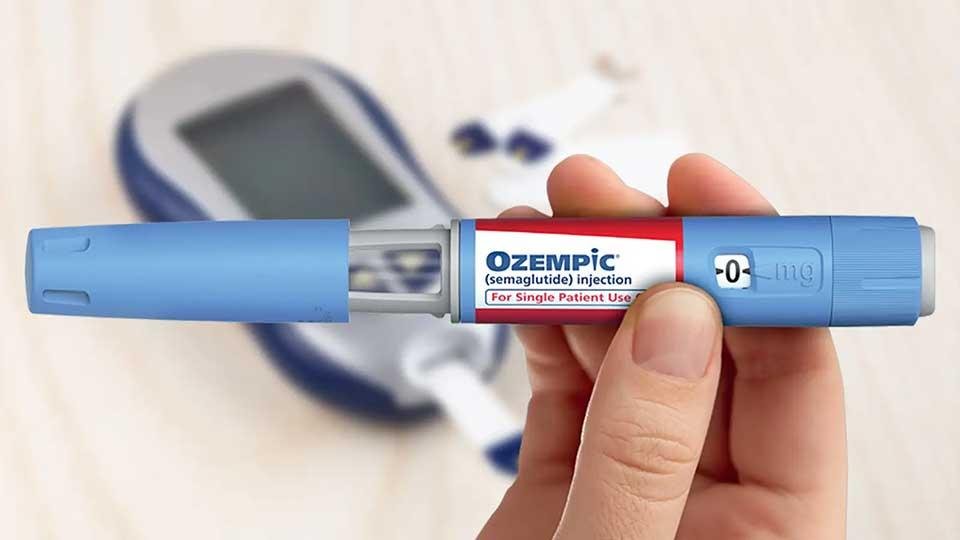Semaglutide
-
GLP-1 is an incretin hormone that plays a role in your appetite and digestion. Incretins — hormones released by your small intestine — are sent out by your body after you’ve eaten a meal to help lower your blood sugar by triggering insulin and blocking other sources of sugar. It also slows down how quickly food leaves your stomach (called gastric emptying). The result of these actions causes you to feel full — lowering your appetite and causing you to lose weight. Medications like GLP-1 agonists are referred to as incretin mimetics since they “mimic” these effects.
-
You’ll give yourself the injection once a week, on the same day each week. It can be given at any time of day, and you can take it with or without food. Semaglutide is injected just under the skin (subcutaneously) in your abdomen. Since Semaglutide slows down how quickly food leaves your stomach, you may experience side effects like nausea and vomiting. The goal is to have limited unfavorable side effects, while losing 1-2 lbs/week (and feel the benefits of the medication-less appetite, cravings, portion sizes). We will do this at the least effective dosing. We may need to adjust your dose every 2 weeks in order to achieve that goal.
-
Side effects tend to happen most frequently when using this medication— the most common being nausea, constipation, and vomiting. You may experience these effects more strongly when your provider raises your dose. Additional common side effects can include: stomach pain, indigestion, and bloating.
-
How to avoid constipation and nausea:
Small, frequent meals
Lower the amount of alcohol you consume
Consume low fat meals
Bland diet-bananas, rice, toast
Ginger, Unisom, Vitamin B6 also help with nausea


